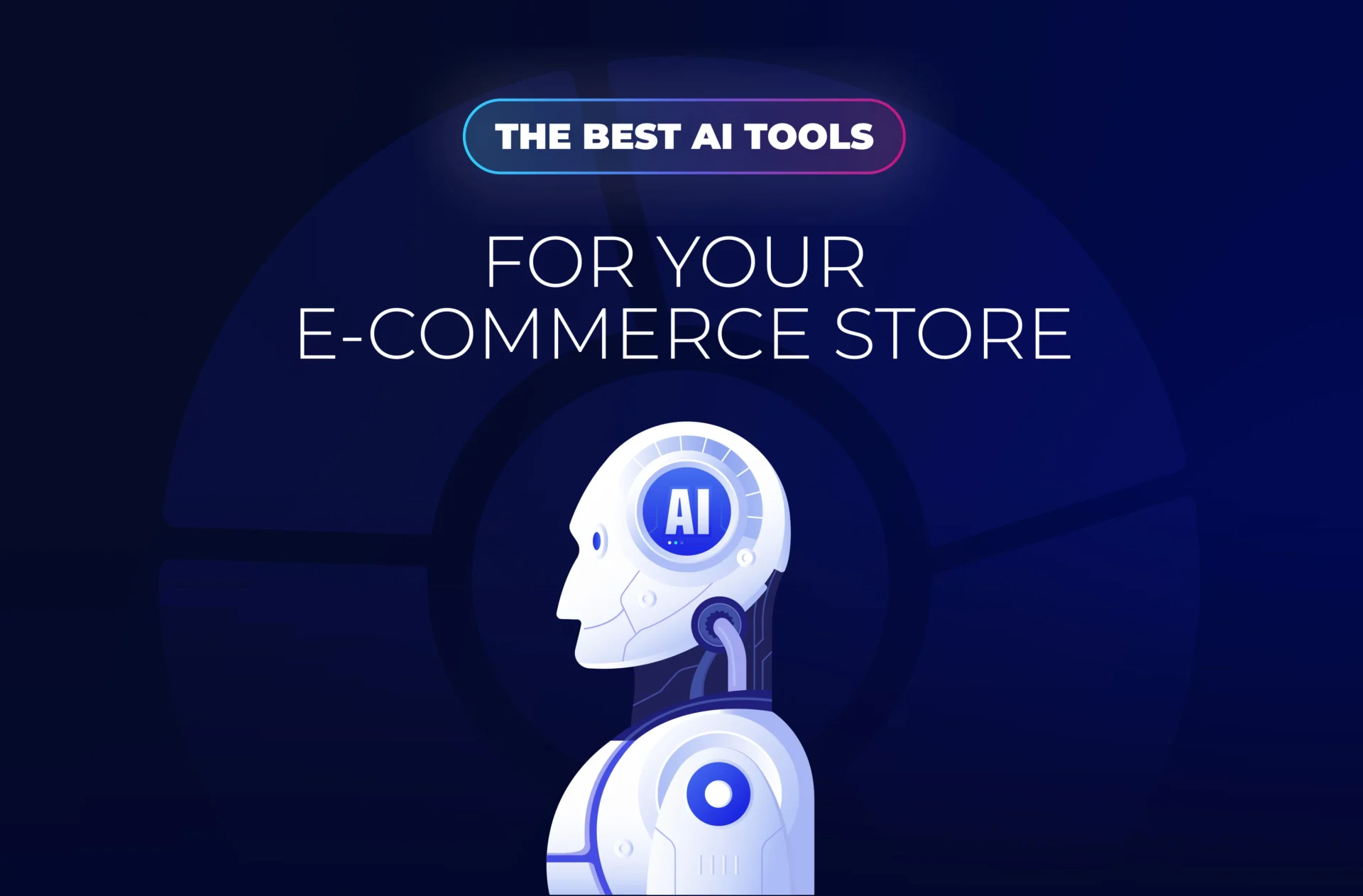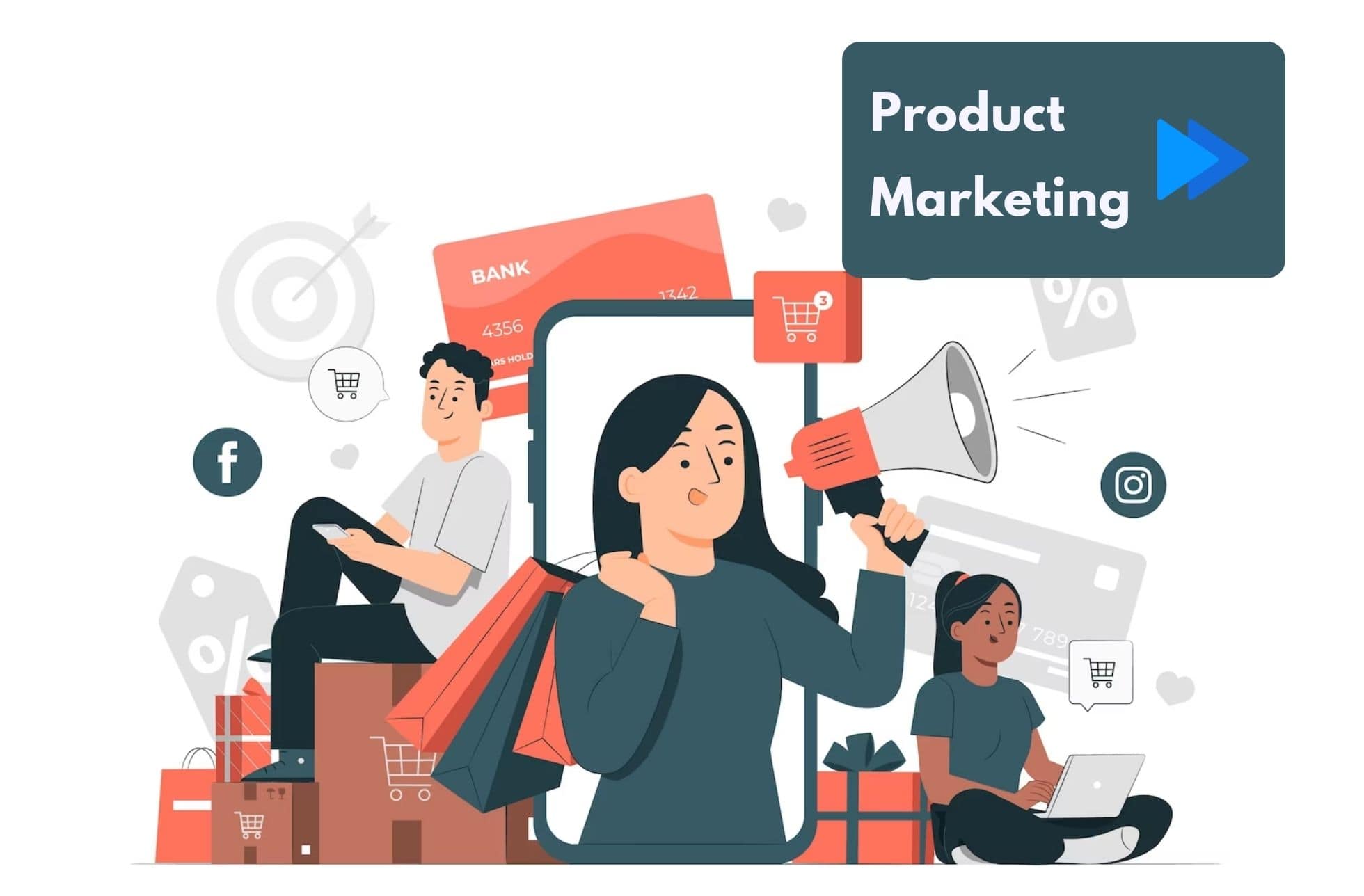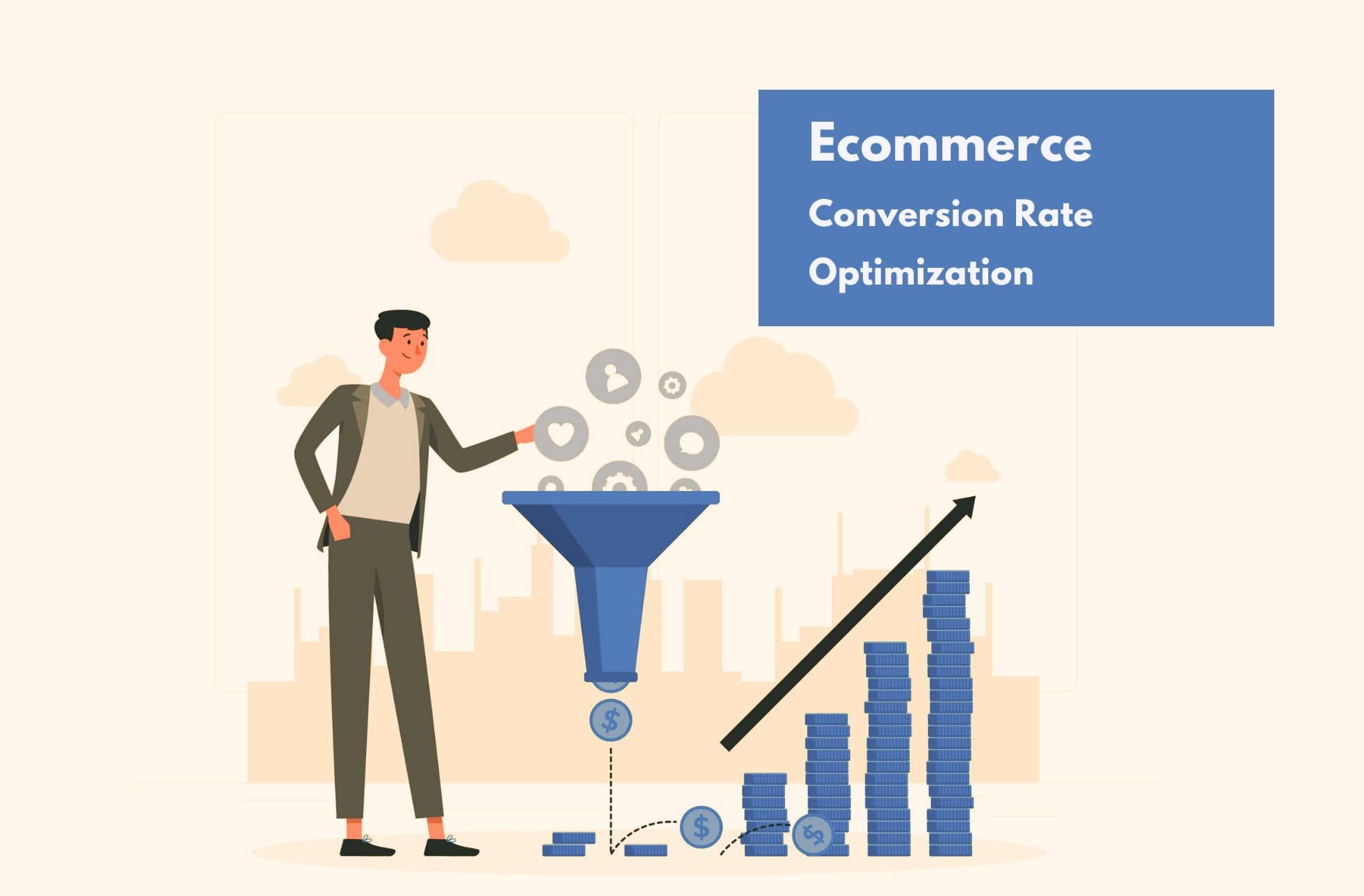Organic search traffic is a real goldmine for every e-commerce store, isn’t it?
For one, it converts well. Insanely well, in fact.
In one of their research projects, MarketingSherpa investigated a typical conversion rate online stores from multiple industries receive from the organic search traffic. And to no surprise, the organic conversion rates were much higher than other marketing channels. It, therefore, goes without saying, you really need to optimize your store to perform well in search.
In this post, I’ll give you 5 super-simple and quick to implement e-commerce SEO tips that will help you attract more customers from search.
1. Flatten Your Website Navigation
There are two main reasons for using a flat site’s architecture.
One, because naturally, you don’t want to throw every visitor into a maze they might never find a way out of.
Jokes aside, you want to organize the site to make it simple for the search engine to crawl all your pages. This is particularly important since the Googlebot will spend only a limited time on your site (a factor known as a crawl budget). And naturally, you want it to visit as many pages during this period as possible.
A flat architecture organizes pages in a way that a visitor (or a search engine bot) could access them with no more than a couple of clicks from the homepage.
Given that most visitors will enter your site at a top-level page (i.e. a homepage or a category page), a flat navigation will make it easier for them to locate specific products they’re looking for.
2. Don’t Neglect the Category Pages
It’s a common mistake online retailers make. They focus on optimizing product pages but neglect a more obvious entry point on a site – category pages.
A lot of searchers would use generic phrases, rather than product names, and as a result, see category pages first.
For one, buyers often don’t know the exact item they want to buy. They might not even know a particular category. Therefore, using generic phrases (i.e. “Kindle covers” or “Men’s running shoes”), rather than specific product names gives them the opportunity to broaden the search.
So, as the next step, review your category pages. In particular, ask yourself:
- Do you include enough copy on them to allow Google index them for relevant keywords? Or just feature related products?
- Do you create unique content for each category, and not just copy and paste from the similar category? According to SEMrush, duplicate content is the most common SEO issue, that every second website has.
- Do you interlink between categories from the content or just the navigation? It is a good practice to include links to other relevant categories and subcategories from the actual content.
- Does your content focus on the buyer’s intent for viewing the category? By writing for particular buyers you make the page more semantically relevant to the search phrase, and help increase its SERP visibility.
3. Improve Content Internal Linking
Internal linking can be a touch problematic, no?
I mean, it’s easy to interlink blog posts, press releases, announcements, and other non-sales content.
But product pages? Categories? Offers? Now that’s where things become a bit trickier. After all, once someone lands on a product page, you want to keep them there until they buy, not send off somewhere else, right?
The thing is, at the same time, you might be missing great SEO opportunities.
For one, interlinking products provide better user experience. A person might not be interested in the specific model they’re viewing but still want to buy that type of a product. By pointing them to similar models, you actually increase their chances of conversion.
Plus, you make it easier for the Googlebot to index pages and crawl deeper into the site.
So, interlink not only marketing content but match products with other, relevant items and categories.
Conduct website audit from time to time to check for broken links: according to SEMrush recent research, 35% of websites have issues with broken internal links, this may be caused by the removal of a product page.
4. Put Out-Of-Stock and Old Promotion Pages Back Up
Many online retailers take down product or promotion pages, once they run out of stock or no longer offer the deal.
On the one hand, it makes sense. After all, you don’t want visitors to land on a page they can’t buy anything from, do you?
The thing is, though, by doing so, you reduce the amount of ranking pages and reduce your site’s online visibility.
Plus, you need to start from scratch every time you offer those products or promotions again. Why? Because then, you have to position them once again, rather than continue with the authority they might already have.
Here is the solution: if you no longer run a promotion, redirect the page to another one, with content relevant to categories of products you’ve offered, or the buyer intent for seeking it out. This way, you’ll have the page to continue gain authority and will be able to reuse it, once you decide to offer a similar discount.
5. Speed Up Your Store
No matter how fast you think your website is, you probably could make it faster.
And it would not only help visitors see the content faster but increase your organic visibility too.
According to this amazing research by Backlinko:
“Site speed matters. Based on data from Alexa, pages on fast-loading sites rank significantly higher than pages on slow-loading sites.”
Google has been using page speed as a ranking factor since 2010. But up until now, we weren’t sure to what extend speed affected rankings. Thanks to the research above, we now know that the impact is significant.
So, test your page speed. You can use tools like Pingdom Website Speed Test, or Google’s own PageSpeed Insights. Both tools will offer suggestions on how you could improve the page loading time to implement.
This goes without saying, organic traffic rocks for E-commerce. Buyers often use search engines to research and find products to buy. And what’s important, they’re more likely to make a purchase, at least more than traffic from other channels.
Therefore, optimizing your site to achieve high rankings should be every online retailers’ priority.
And if you’re wondering where to start, hopefully, our short list provided you with some ideas.





